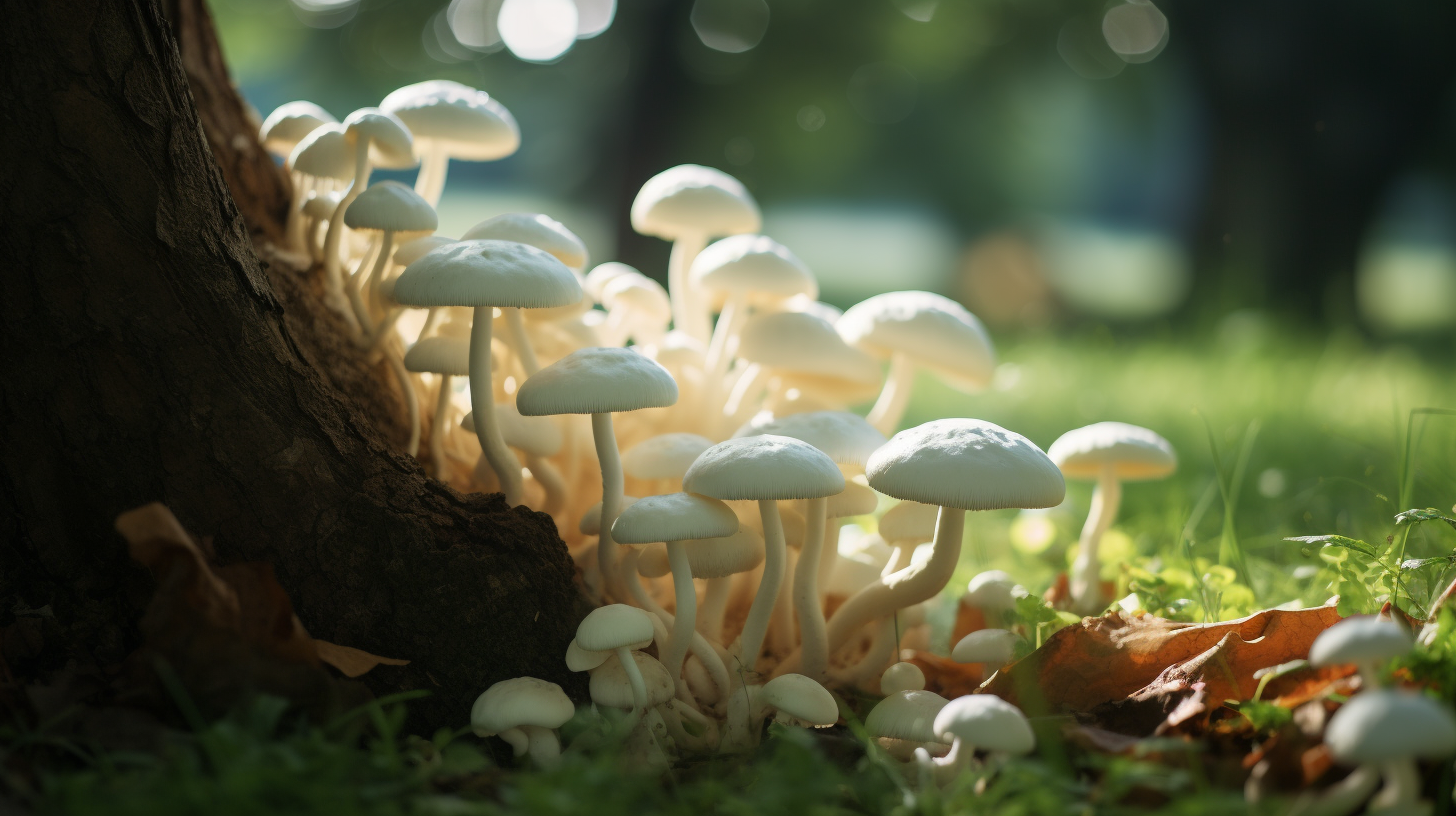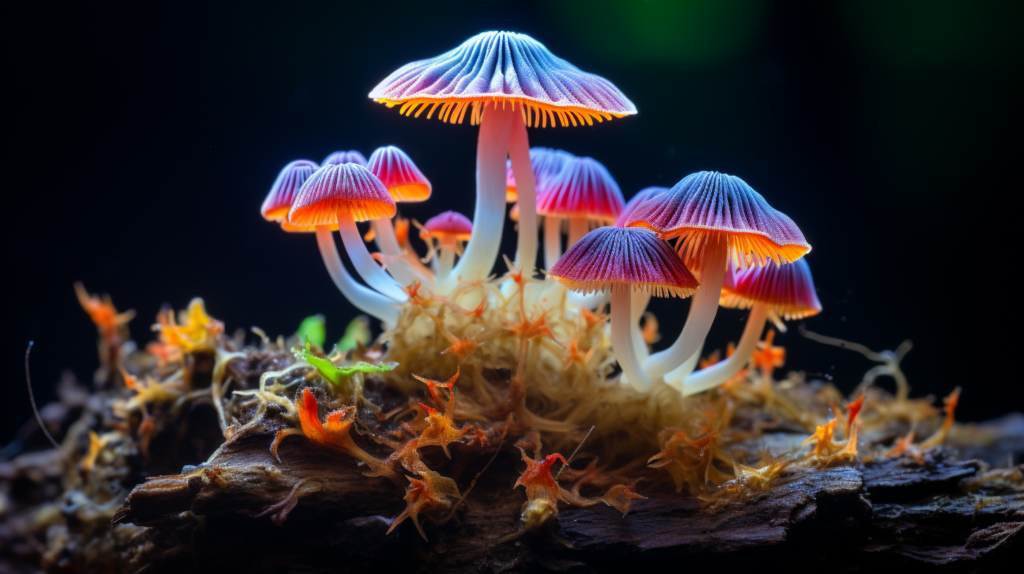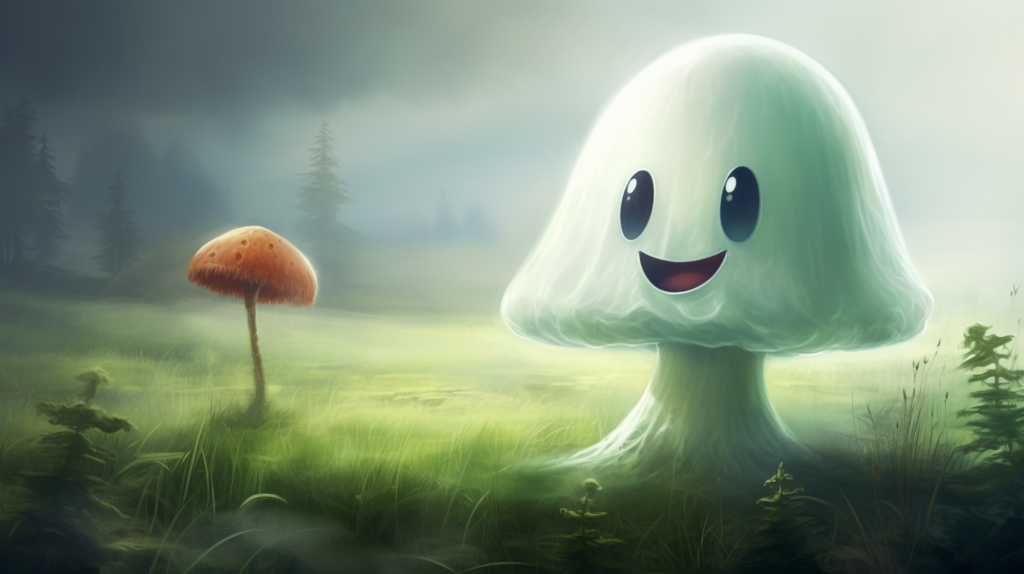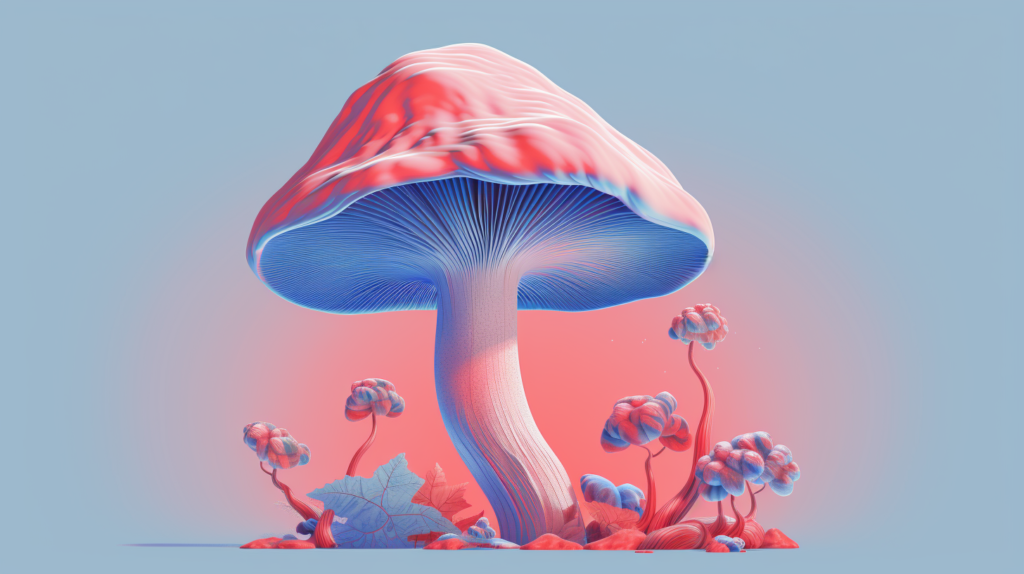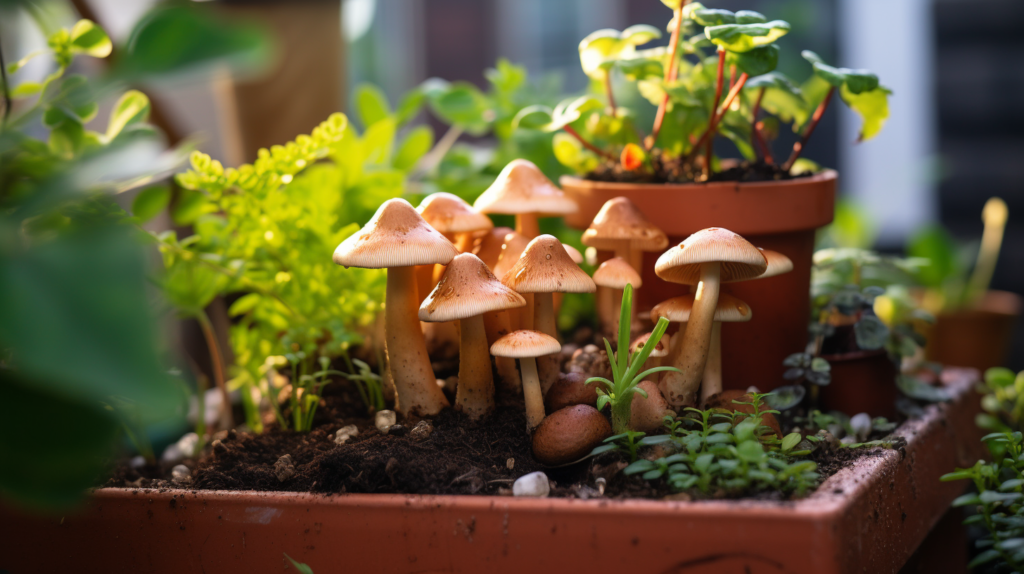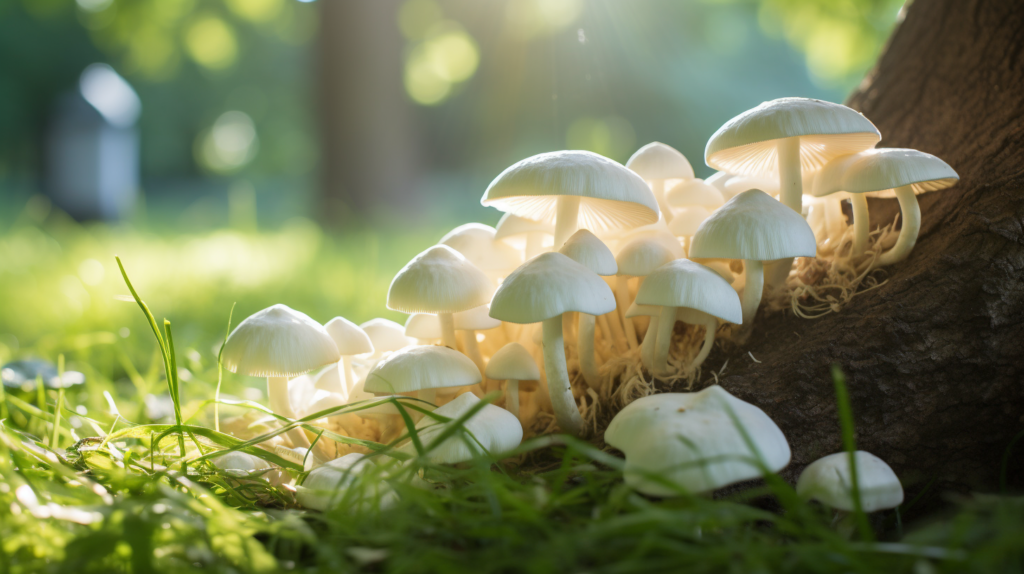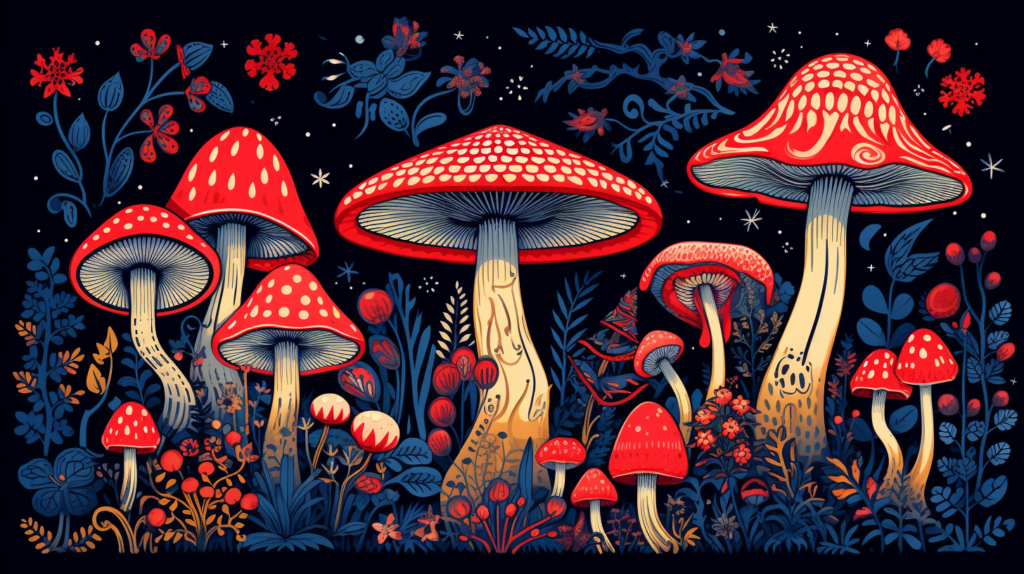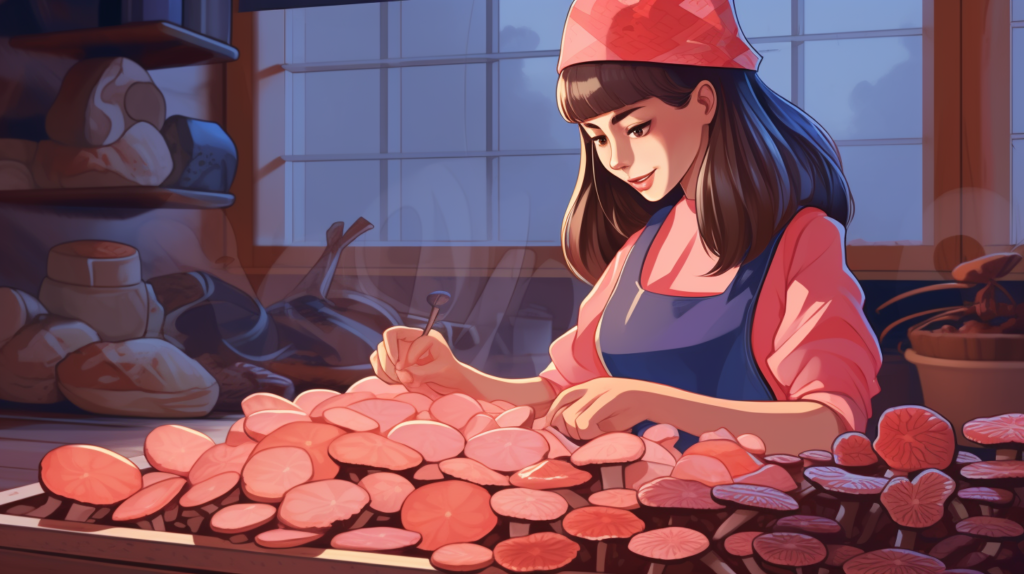0:00:00.0 April Pride: What the Oakland Equity Program is really trying to do and what Equity Program is are trying to do is redistribute wealth and really create generational wealth for people who have been a part of a system that have been until now created to destroy them.
[music]
0:00:19.3 AP: Hey, I’m April Pride, your host on the High Guide Podcast. This is a show for women who have an open and curious mind, and this is a show all about women changing their lives. Thanks to altered states of Consciousness. Sure you heard from Raven Duckett, who has pioneered Cannabis Social Equity in the US. We’ll learn more about Raven, Social Equity and the new energy feeding the war on drugs as municipalities experiment to try to manage the double tsunami of the new meth and deadly fentanyl. So stay with me in this episode as I continue to reveal all I’ve learned working in cannabis since 2015, and how those lessons have informed my work today in psychedelics, specifically in psilocybin, and my choice to visibly operate under the mandates of decriminalization here in Seattle. But first, the word of the week, which I know we’ve neglected the last couple of weeks, followed by what’s trending relative to police enforcement of controlled substances, and a review of liberty caps, shroom strain, and wrapping up with trip tips. Today, what is an upset stomach trying to tell you during a journey and in the trip tips, we’ll leave you with questions to explore during the journey perhaps, or during integration.
0:01:29.0 AP: I mentioned in last week’s newsletter, which you should definitely subscribe to. The link is in the show notes of this episode and our IG bio @thehigh.guide. And of course, on our website also @thehigh.guide. I mentioned that the county home to Seattle King County criminalizes the possession of drug testing kits. The same microdose coach who attended the High Guide to Psilocybin last Tuesday, which we’re also hosting next Tuesday on May 30th, the High Guide to Psilocybin at the cloud room from 5:00-7:00. Definitely RSVP. It is a free event. The microdose coach that I mentioned, well, she shared the fact that King County criminalized the drug testing kits and that Washington state that very day had signed into legislation, increased penalties for drug possession and criminalizes public drug use. So this episode may be a little bit different than usual because I wanted to pull on this thread.
0:02:19.2 AP: We know that while increased policing may reduce thefts and public consumption in the short term, long term, this is a cycle we’ve lived through with heroin in the ’60s and ’70s, crack in the ’80s and ’90s, and striking similarities, point to repeating past mistakes. This inspired me to revisit the fifth podcast episode that I hosted recorded in 2019 for my first podcast, How To Do The Pot. This fifth episode explains the significance of social justice reform through Cannabis Social Equity Programs. Now for a word of the week, Social Equity. The goal of Social Equity laws is to ensure that people from communities disproportionately harmed by marijuana prohibition and discriminatory law enforcement are included in the new legal marijuana industry. So I’m gonna set up the next few minutes of audio, which is from that fifth episode on social justice from How to Do the Pot in 2019.
0:03:11.7 AP: In 2019, I just exited with my first cannabis company, Van Der Pop and was looking to invest in women founded businesses in the cannabis space. As luck would have it, I came across the path of Raven Duckett, who is a true visionary in cannabis, specifically cannabis tech. Raven was the first Social Equity license holder in the city of Oakland, which was the first city to instate such a program effectively making Raven the first Social Equity license holder in the US. After a year, I became her first investor and a year after that, her largest invest. Let me give you a quick step. As a White woman, I’m a 100 times more likely to raise capital than Black woman. [laughter] I’m still self-funding. So that, I guess that kind of says everything. Add on top of that cannabis, an emerging industry, trying to also provide reparations to the communities disproportionately impacted by the war on drugs.
0:04:01.4 AP: And let me tell you that Raven and I, have some stories and that is why I have this podcast. I will likely raise more money and get more attention because I’m a White woman entrepreneur who already has three exits. So after the checks are written, one of my missions with of like minds is to amplify the work of the women in whom I’ve invested. You’ll hear more from Raven in the following clips. Following is a clip from the first podcast, How to Do the Pot, I served as the inaugural host for the first 60 episodes and created the brand. I’m sharing this with you because since we taped in 2019, we remained in the throes of a war on drugs, that is truly a denial of the mental health issues modern society has created. As you listen, consider this. We’re establishing Social Equity Programs in a commercial industry and we continue to criminalize people for unresolved trauma.
0:04:50.8 AP: And what is a Social Equity Program in cannabis? It’s a municipal program designed to create pathways to participate and succeed in the cannabis industry as a way to reverse the damage caused by federal cannabis prohibition, the war on drugs, which continues to disproportionately affect minority communities. Oakland Social Equity Program was the first in the country, and other cities as well as state legislatures are following their lead, trying to make sure that the benefits of legalization go to people and neighborhoods harmed the most in previous decades by drug policy and enforcement.
0:05:29.5 AP: So what the Oakland Equity program did was it gave priority licensing to people who were from the city of Oakland or had been arrested for a marijuana crime in the city of Oakland. My team qualified, because of where my husband grew up, it’s actually around here a little bit. And this is a lot of the areas that were affected. And so kind of how the equity program decided the areas to take a step back, they did an equity analysis. So the city ran a study and saw that people in certain areas were 10 times as likely to get arrested for a marijuana crime. So they picked those areas and if you were from those areas, you were able to get priority licensing. And so what they said on the other end was that people who want to incubate these teams can also get a license in Oakland. And that is the only way that a non-equity person, company, whoever can get a license in Oakland, is to incubate an equity team. What the Oakland Equity program is really trying to do and what Equity Program is trying to do is redistribute wealth and really create generational wealth for people who have been a part of a system that has been until now created to destroy them.
[music]
0:06:34.5 AP: Let’s look at the US of the last century and sadly, not much has changed. An influx of immigrants to the US fleeing a post 1910 Mexican revolution sparked nationalist ideals, sound familiar? Everything foreign was painted as bad, thus began a rebrand of cannabis to marijuana, the Spanish spelling for the phonetic pronunciation of the Chinese word for cannabis. So it was in this climate that the Temperance Movement successfully led the federal ban on alcohol in 1919. The change in regulation included pharmacy reform to reduce opioid dependence. Sound familiar? Since cannabis was known to be used recreationally, it was painted as an abused medication. In fact, when cannabis was effectively made illegal with the Marijuana Tax Act of 1937, the plant was the third most prescribed ingredient to pharmacists who distributed cannabis’ medicine in compounds, salves, tinctures. Tinctures you may recall from our episode on pharma, the war on drugs is not the first time the government has used prohibition as a means of social control.
0:07:44.8 AP: Alcohol prohibition, which spanned 13 years from 1920 to 1933, makes a sound case for government overstepping reach with disastrous results. There was the rise of the mob. The mob came into existence because they were protecting their distribution of bootlegged alcohol and state’s attorneys at the time of prohibition, 44% of all of the cases that they were trying were alcohol related. So it completely overwhelmed the justice system. And here we are today. We’ve seen mass incarceration brought about by honestly petty drug offenses. 50% of all drug arrests are cannabis, and 80% of those arrests are for simple possession. And people go to jail for this. The war on cannabis started before the war on drugs, but even with legalization gaining steam in the 2000s, arrests and prosecutions keep going up. Between 2001 and 2010, there were over 8 million arrests related to cannabis sale and possession across the US. Most of the people affected were Black to Latino.
0:08:56.7 AP: Higher arrests and incarceration rates for these communities are not reflective of increased prevalence of drug use, but rather of law enforcement’s focus on urban areas, lower income communities, and communities of color. White and Black people smoke weed at the same rate, period. Even so, Black Americans are four times more likely to be arrested for cannabis possession according to the ACLU Iowa, Minnesota, Illinois and in Washington DC Blacks are seven and a half to eight and a half times more likely to be arrested for having weed. And I wanna focus on Washington DC because the laws there say it all.
0:09:41.8 AP: Currently, the laws make selling weed an enforceable crime, but possessing weed is not a crime. And you may say, April, arrests are falling, decriminalization, has really taken hold across the US. And you’re right, the numbers are looking better, but it’s the disparities. Those have not changed. And that’s what’s disturbing. And that’s what we are here to talk about today. We wanted to get into the mindset of the people who are arresting others. Law enforcement.
0:10:13.9 Lee Maddox: My name is Lee Maddox. So I began my career as a very naive 20 year old when I joined the Maryland State Police. And I worked with that organization for almost 20 years, worked my way up through the ranks, and eventually retired in 2007 at the rank of Captain.
0:10:32.0 AP: Lee Maddox loved her career in law enforcement. Her father was a marine lieutenant colonel and expected her to serve her community. When she was 19, a good friend of hers was murdered, and Lee took issue with how local law enforcement handled the investigation. So she decided to become a state trooper, and she dove into police working patrol and investigations. But it was the death of another friend close to the end of her career that completely changed how she thought about police work and the war on drugs.
0:11:02.2 LM: His name was Ed Tiley, and he was a very dear friend of mine. He had been working a undercover investigation in Washington DC and this occurred back in the early 2000s. And the bad guy took his money and went to go in and to purchase the drug for him, but then doubled back around and shot him in the head. And that guy’s in jail now for life, for doing that. But when that happened, it really kind of rocked me because you know you’re doing dangerous work, but you don’t really realize how close you walk to that line of death until you lose someone close to you. And when Ed died, I immediately thought to myself, why are we putting people of that caliber in harm’s way? Why are we doing it business that way?
0:11:56.2 LM: Why do we care that much about this brick of cocaine that we’re gonna sacrifice this father of three kids? It really made me stop and hit pause on my career and think more deeply about what we were doing in our communities and what we were doing, not only to the communities that were being policed, but also to the community of police officers that were doing the policing. I think as a police officer, you saw that we were arresting people over and over again for the same thing. And drug use was not going down. In fact, drug use was going up. So there was no correlation between our arrest and reduced crime. It was having the opposite effect. And then once I retired and went into the communities and worked as a lawyer with one-on-one, with folks who were living through the consequences, the collateral consequences of these failed policies and particularly criminalization of their lives being forced to pay over and over again for what is a seemingly innocuous offense, like possession of marijuana. And, 10 years later they still can’t get a decent apartment because they’re coming up dirty on the criminal history check. And it took a while after that for me to… Because I stayed on the job for a while and oversaw some pretty big operations. But once I retired and got down on the streets of Baltimore City, that’s when I realized we needed to end the war on drugs. That it had just failed miserably.
[music]
0:13:28.1 AP: In June of 1971, President Richard Nixon declared drug abuse to be public enemy number one.
0:13:34.1 Speaker 3: America’s public enemy number one in the United States is drug abuse. In order to fight and defeat this enemy, it is necessary to wage a new all-out offensive.
0:13:47.8 AP: In two years later, the DEA, the Drug Enforcement Agency, was created. In that Nixon’s speech, you can see Nixon’s domestic policy chief, John Ehrlichman, on stage with the president. Years later, Ehrlichman told Harper’s Magazine, he said, “The Nixon campaign in 1968 and the Nixon White House after that had two enemies, the anti-war left and Black people. We knew we couldn’t make it illegal to be either against the war or Black, but by getting the public to associate the hippies with marijuana and Blacks with heroin and then criminalizing both heavily, we could disrupt those communities. We could arrest their leaders, raid their homes, break up their meetings, and vilify them night after night on the evening news. Did we know we were lying about the drugs? Of course we did.” In 1986, I was 10 years old, and as a fifth grader at Sedge field Elementary School in Newport News, Virginia, I vividly remember being in the auditorium/cafeteria, standing and listening to three words that would define a generation’s attitudes around drugs and alcohol. ‘Just say no’. ‘Just say no’ was the pet project of First Lady Nancy Reagan. It’s an anti-drug campaign that was very effective, and President Ronald Reagan’s expansion of the war on drugs was in many ways driven by increased media coverage of and resulting public nervousness over the crack epidemic that arose in the early 1980s.
0:15:23.0 AP: This concern over crack use helped drive political support for Reagan’s hard-lined stance on illegal drugs, including cannabis, and the intense prosecution of anyone caught using or selling drugs. That meant increased enforcement and harsher punishments and sentences. And for Liz Mora, a young single mother pregnant with her daughter, Nicole, this policy would impact the rest of her life and that of her family.
0:15:49.6 Maria Mora: My name is Maria Mora. I go by Liz. I was mid-20s pregnant. I made an unwise decision to transport weed, marijuana. I unfortunately, or fortunately, I didn’t make it very far. My first one I got caught. Possession transportation with the intent to sell, which of course, I was just literally what they call a mule.
0:16:22.4 AP: After serving her time, Liz was turned down for jobs. She wasn’t able to obtain a student loan to go back to school, so she had to work long hours in low-wage jobs. More time spent away from her children.
0:16:34.9 MM: Over a year in federal custody, two years probation, but I’m losing my kids, to… I mean, thank God I was able to put them with a family that I trusted, but the whole having to be away from them for so long, when my daughter was seven months, and Steven was nine years old, it was pretty hard. It happened in 1998. I was pregnant with her, and then I went through the court thing, still pregnant, and I had her… Nicole was a few months old when I got sentenced.
0:17:25.7 AP: Think about that. Liz’s daughter was just a few months old when she was sentenced, and each of these stories goes to show human toll goes on for years and impacts generations. So the question to ask is, why are the penalties being increased for possession? And it has a lot to do with fentanyl, but we have an incredibly horrific meth situation in Seattle. And when you start looking at articles that have been written about when things really started going sideways, it’s when this meth entered the scene. So I decided to go back to this Atlantic article I read in October of 2021. It goes into the timeline of meth. Seriously, its roots in Japan, a country that employed the drug for its World War II pilots and soldiers to increase alertness. This OG meth is formulated with ephedrine, a natural substance commonly found in decongestants and derived from the ephedra plant, which was used for millennia as a stimulant and an Anti-asthmatic. It’s also the active ingredient in over-the-counter decongestant pseudofed, but the shit the kids are doing today isn’t made in a meth lab next to where they make moonshine.
0:18:41.4 AP: After the DEA crackdown on ephedrine, the primary ingredient to formulate meth since the 1980s, those trafficking in meth had to fundamentally change the way they made the product. So they re-employed a formulation with a less encumbered ingredient list that dates before ephedrine’s reemergence called P2P, which leaves its users described as having never before seen degree of mental health disturbance, a wave of psychosis, and profound, profound disorganization. P2P meth seems to create a higher order of cerebral catastrophe, as pointed out by Sam Quinones, journalist of this Atlantic article, that I’ve linked to in the show notes of this episode. It’s a must read if you want a timeline of what the fuck just happened as you walk through any major city. I think there’s well-documented research that can substantiate this next statement, which is that a lot of people that do develop substance use disorder, it is derived from unresolved trauma, right? So we have people becoming addicted to meth because of trauma that’s not been addressed. And then we have mushrooms known to help people that have experienced significant trauma. So I just wanted to show the difference.
0:19:54.5 AP: We’ve got this one drug that’s, increasing penalties. And then we have mushrooms that’s increasingly becoming decriminalized, in places. So, yeah, I just think it’s important that just because we are having great success in one area, we still have to make sure the war on drugs doesn’t persist. Since we have plenty of data to show the substantial impact, it has on communities of color in particular.
0:20:22.8 AP: I wanted to lead this story on a good note. So, on the same day, the governor signed the increased penalty for drug possession. He also signed into law the establishment of psilocybin task force. And by 2026, the kickoff of a pilot program to allow the University of Washington to provide access to psilocybin for military veterans and first responders in the treatment of post-traumatic stress disorder and mood, and substance use disorders.
[music]
0:20:46.4 AP: And I think you’ll find the review of Liberty Cap. There will be no words that talk about a high order of cerebral catastrophe or profound disorganization. Nope. Liberty Cap, the world’s most widespread psilocybin mushroom. It has been identified in 18 different countries around the globe. Liberty Cap’s long thin stems, and golden pointed caps are among the most familiar psychoactive mushrooms. As a potent shroom, it’s important to ask questions like, how many liberty caps do you need? Or how many grams of Liberty caps is appropriate for a beginner? Don’t worry, we’ve got you covered, species. So far, we’ve only covered Psilocybe cubensis and liberty caps is Psilocybe semilanceata. So what does that mean? . Psilocybe semilanceata is a species of psychedelic mushroom, commonly known as the Liberty cap. Let’s break down it. Scientific name, Psilocybe. This is the genus name, Psilocybe, which refers to a group of mushrooms that contain the psychoactive compound, psilocybin and psilocin.
0:21:46.8 AP: These compounds are responsible for the hallucinogenic effects experienced when consuming these mushrooms. Semilanceata. This is the specific epithet which describes the characteristic shape of the mushroom’s cap. Semi means half, lanceata refers to the shape resembling a lance or a spear. The cap of Psilocybe Semilanceata is typically conical, or bell-shaped with a pointed tip resembling a miniature spearhead. Psilocybe Semilanceata is widely distributed in temperate regions of the northern hemisphere, particularly in Europe and North America. It’s one of the most well known and commonly encountered species of psychedelic mushrooms, when ingested it can induce various psychedelic effects, including altered perception, visual distortions, euphoria, and changes in mood and thinking. It is important to note that the consumption of any psychoactive substance, including psilocybin containing mushrooms, should be approached responsibly and with awareness of potential risk in legal, regulations.
0:22:38.0 AP: So, thought to be the first psilocybe be identified in Europe. Initial liberty caps identification took place in the early 1960s, although psychedelic grandfather Albert Hoffman made the original identification. Earliest recorded document of the sobriety comes from 1799. [chuckle] A British family who had picked mushrooms for their evening meal exhibited pupil dilation, spontaneous laughter, and delirium, all common signs of psychoactive mushroom ingestion. Okay, going back to Albert Hoffman, do you know who he is? You might. If you had listened to episode 37 of this podcast titled, What Are the Drug Effects of Acid? . Listen on to this excerpt from that episode on Albert.
0:23:16.8 AP: Liberty caps are considered to be a potent mushroom. Dried. They contain about 1 to 1.7% psilocybin. In contrast to the usual psilocybe cubensis content of 0.3% or 1.3%. Potency of this variety means that you’ll need less than you might with another variety. All right, [laughter] this is the point in the show when I remind everyone, every single psilocybin, [laughter] mushroom review will acknowledge that that particular strain or variety is more potent than others. They’re just all potent, right? We’ve gone over this, as the late 1800 trip mentioned above. Demonstrates liberty caps affect similar sensations as many other psilocybin containing Mangy, euphoria, heightened sensations and visual distortions are all common with this variety, though at much lower dosages.
0:24:06.0 AP: Remember, there are so many factors to determine the potency, the eventual potency of psilocybin mushrooms once you’ve ingested, including the freshness of the shrooms, right? . How long they’ve been waiting for you. [laughter] Liberty caps identification can be tough. They have a similar appearance to many other psychedelic and non-psychedelic mushrooms with their thin stems and golden pointed gaps. Some similar species are quite toxic. Ooh, it’s best to either get these from a trusted source. I know somebody check out our show notes or make sure your shroom identification skills are very sharp. Liberty caps have a similar duration and uptake as other magic mushrooms effects should become apparent within 30 to 40 minutes of ingestion, and a trip can last between five to seven hours. Liberty caps aren’t recommended for beginner trippers, and even experienced psycho notts may wanna exercise caution with a liberty cap, start lower than you might usually.
0:25:00.9 AP: And I leave you with trip tips. Should you experience stomach pain, during a psychedelic experience? Here’s some questions you can ask yourself during the integration process. Number one, relative to self. Who am I? What are my values? What’s important to me about my identity? Do I know who I am regardless of what other people think? Number two, relative to others. Can I stand up for myself? Do I feel supported by others? And number three, relative to safety. Do I feel powerful and in control? What is my relationship to anxiety? Do I feel safe and secure in my life? I’m your host, April Pride. Please check out our website, The high.guide for our shroom strain reviews and the Guide to psilocybin. Tune in next Friday to the High Guide, a show all about women changing their lives. Thanks to Altered States of Consciousness.
[music]

